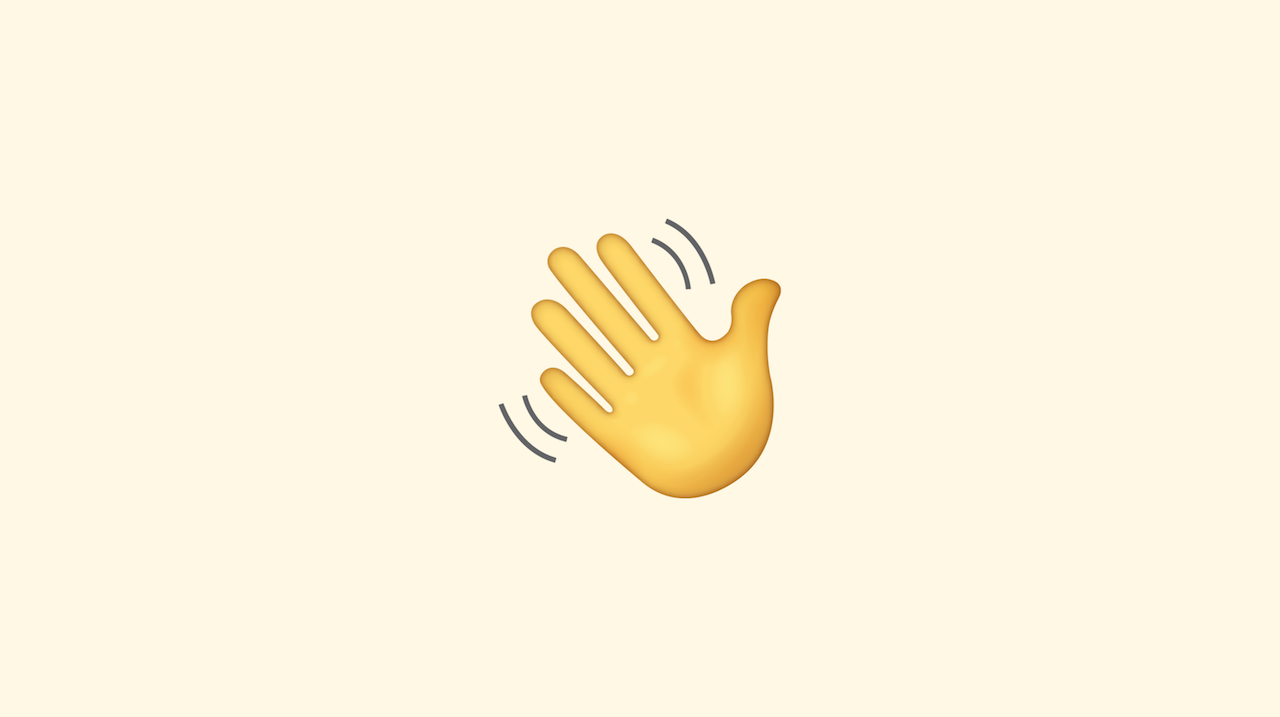Clubhouse: Share Audio Messages with Whoever you Want

July 1, 2021
Clubhouse is an app that represents a true novelty in the social media landscape. We all know about social media platforms that allow communication between users through posts, tweets, text messages and pictures, but a social media app based on only audio messages such as Clubhouse is something that we’ve never seen before. How does it even work? Well, it’s a very simple concept: Clubhouse users can communicate in voice chat rooms, which host groups of hundreds or even thousands of people. The app also offers the possibility of having live discussions, with opportunities to participate through speaking and listening.
The invitation-only and waitlist system in Clubhouse
Clubhouse is available for Android and iOS devices, but if you’re thinking about joining in right away you’ll unfortunately have to stop in your tracks, since the app is only accessible via invitation. That’s right, Clubhouse is an invitation-only social media platform. You’ll need to get an invite from someone that is already able to access the app to get in, or you could join the waitlist. In the first instance, the process of joining in is immediate, in fact once an existing Clubhouse user sends you an invitation code you’ll be able to use the app instantly. As for the second option, things won’t be exactly as fast. You can request to be put on Clubhouse’s waitlist, but you’ll have to be let in by another user anyway, only, in this scenario, the existing user can approve a new user without having to use up any of their invites.
The invite-only feature makes Clubhouse a place for privileged people in a way, and, consequently, it makes it a very popular app. The exclusivity factor is certainly a smart marketing choice, since it creates a considerable interest around the app. With this exponential rise in interest, an increasing amount of people wants to get in and see for themselves what the fuss is about. Indeed, less than one year after its release, in February 2021 Clubhouse had about 10 million active users. Therefore, we could say that this system is undoubtedly making the app thrive.
Here’s how Clubhouse works
There are three main features the app offers its users for audio-message communication: Rooms, Events and Clubs.
1) Rooms
Virtual Rooms are divided by their level of privacy:
– Open Rooms can be joined by all users on the app
– Social Rooms are for users who can join because they’re followed by the moderators
– Closed Rooms are only accessible via invitation sent by the moderators
Whenever a user creates a Room, they become the “moderator”. Moderators have the power of calling users to the “stage”, meaning making them speak, muting users and removing a “speaker” from the stage. A non-moderator user who joins a Room will be set as a “listener” without the ability to speak. If said user selects the “raise hand” icon, then they can be granted the right to get on stage by the moderator, therefore becoming a speaker.
2) Events
Conversations on Clubhouse usually happen spontaneously, but the Event feature allows users to schedule conversations through the creation of Events. All there is to do is naming the Event and selecting a date and time for it.
3) Clubs
A Club is often created for the purpose of talking about a shared interest, that’s why there’s a vast range of clubs pertaining to any topic. Not all users can create a Club, in fact this option is only available to people who hosted at least 3 Rooms. Also, each user can only create 1 Club. Clubs can be public or private and consist of founders, members and followers. Only Club founders have the power to invite new members, and they also have the ability to start public Club-branded rooms; however, members can host private rooms with other club members.
Source: Wikipedia








